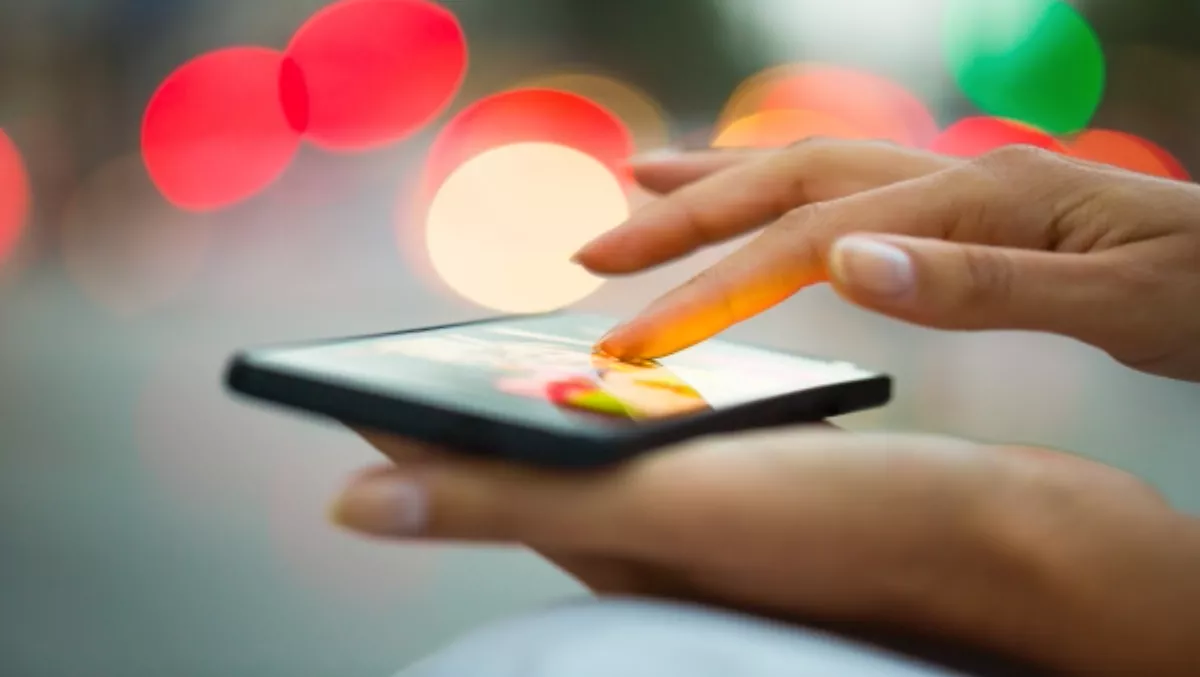
How many minutes per day do you use your smartphone?
The average amount of time that consumers spend using smartphones per day almost doubled between 2011 and 2013, from 98 minutes to 195 minutes.
That's according to new primary research from Analysys Mason, which claims the use of communication platforms and apps fell from 49% to 25% of all time spent using the device.
Furthermore, 72% of the research firm's panellists used IP (over-the-top (OTT)) messaging services with the amount of time spent ‘communicating’ on smartphones increasing, but has actually diminished in relative terms.
"The relationship between a consumer and their smartphone is becoming more significant in terms of time and therefore also engagement," the report claims.
"The average amount of time that our panellists spent using smartphones per day almost doubled, from 98 minutes in 2011 to 195 minutes in 2013.
"This means that communication, though roughly stable in absolute terms, is declining as a proportion of overall time spent using smartphones: use of communication platforms and apps fell from 49% to 25% of all time spent using the device."
The 25% of handset use dedicated to communications is not solely the domain of mobile operators: OTT services are used by a significant majority of smartphone users.
"Our analysis of consumers’ usage confirmed that SMS and email are the dominant text-based communication services, with high penetration across age groups, but an increasing proportion of the smartphone user base use IP messaging services," adds the report, while also claiming that 72% were active users, compared to 45% in 2011.
IP messaging services are rivalling social networking services in terms of penetration in some countries, with a potentially dramatic impact on legacy messaging services.
VoIP services have yet to achieve mass-market dominance in any countries, according to the analysis of app usage, although penetration is increasing.

